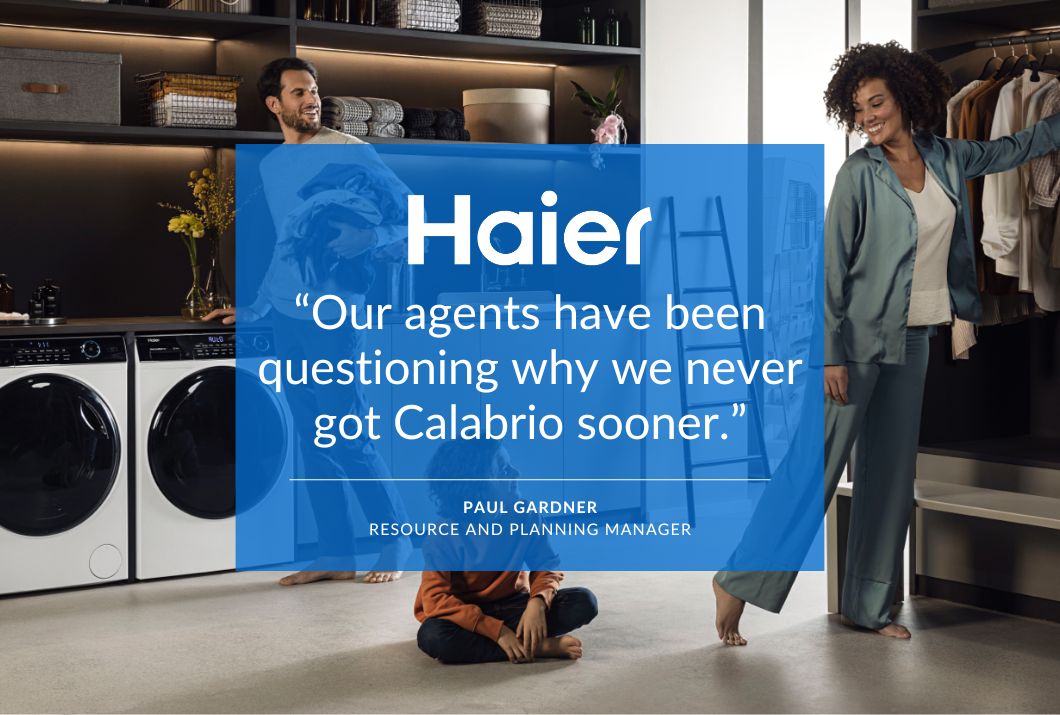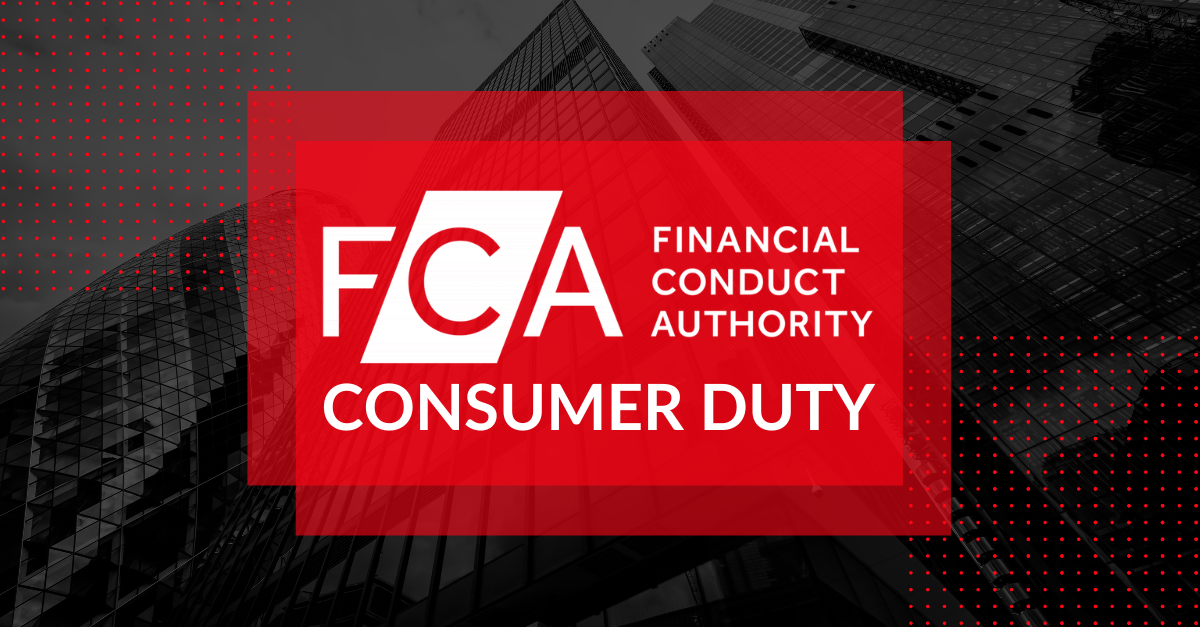C3 Recap: The Top Ten Takeaways from the Calabrio User Conference

Our annual Calabrio Customer Connect (C3) event has wrapped, and we are still feeling the buzz of excitement. For us, C3 is not only a time to share our vision for the future, but to hear the business challenges our customers are trying to solve and which best practises they are using to get the insights they need—and we think we succeeded in both.
Over the last week, we covered a lot of ground, met some wonderful people, heard from our incredible customers, partners, and industry experts about how Calabrio is helping them catalyze growth, and even hosted a Prince-themed bash that had everyone partying like it was 1999. We are so grateful for every person who planned and attended the event, because it was the collective ideas and effort that made C3 worthwhile.
Choosing only ten takeaways was challenging, but here they are:
-
-
Customer experience has never been as important as it is today, and that will grow.
According to a CEI report, nearly 86 percent of customers will actually pay for a better experience, which is a huge indicator of where your priorities should lie. And don’t forget that 82% of customers have left a company because of a bad customer experience. In order to remain competitive, your company must deliver an experience that meets or exceeds expectations—and that starts in the contact centre. By aligning your brand promise with your marketing message, you can cultivate customer engagement that will ultimately lead to growth and future success.
-
-
-
It’s not just about engaging your customers; it’s about engaging your team.
An engaged team of agents is more likely to build great relationships with your customers. Over 80% of customers say a happy employee improves the customer experience. As with any job, contact centre agents need purpose and job satisfaction in order to stay engaged. By setting expectations, developing a path to success, providing the right tools, and publicly recognising high performers, you can create the kind of environment where agents are motivated and engaged and, in turn, deliver the level of service your customers expect.
-
-
-
Customer complaints aren’t bad if you handle them the right way.
While complaints are never fun for those who handle them, they truly are an opportunity to hear directly from customers about the issues they’re experiencing. Complaints are your company’s chance to turn those grievances into a positive experience. By training your team to listen to customers, validate their frustrations, offer a sincere apology, and fix the problem, you can build the kind of customer trust that results in loyal long-term relationships.
-
-
-
The “throwaway” words tell you more than you think.
When looking at speech analytics, remember to look at the functional—or “throwaway” —words just as carefully as the contextual ones. The way a customer uses pronouns is a huge indicator of closeness to or distance from your brand. Even the use of the word “the” over “a” expresses a shared experience, versus a request. By reading between the perceived “important” words, you can gain even more insight into customer sentiment.
-
-
-
Flexibility is key to the modern contact centre, and the cloud will get you there.
Contact centres aren’t traditionally known for flexibility but, in today’s world, it’s important to deliver the flexibility that agents want. Whether your team can benefit from flexible schedules or working from home, the cloud is delivering the right tools and technology to accommodate a global workforce. These advancements are just the beginning and, as the cloud takes over, the modern contact centre will be a hub of customer engagement that can increase top-line growth for the entire company.
-
-
-
Your contact centre isn’t the only group of employees that is talking to your customers.
In the age of subject matter experts and specialisation, customers are engaging with employees outside of the contact centre more than ever. This means that contact centre tools, like speech and text analytics, may apply to other departments, such as sales or marketing. When looking at the broader organisation, take note of where customers are touching your brand. You just might find that there’s just as much benefit to capturing these conversations as there is to capturing conversations inside the contact centre.
-
-
-
When using analytics, formulate your questions and adjust to find your answers.
Building the right queries may seem overwhelming, but sometimes it’s just about asking the right questions. Do you want to see if there’s a correlation between agent tenure and first call resolution? You may not get the queries right the first time but, by evaluating and adjusting, you’ll find that the answers do lie in the data and that analytics are the backbone to any successful contact centre.
-
-
-
Omnichannel is here, so meet your customers where they are.
In the past, phone or voice was the dominant channel for customer communication. Today, there are as many as nine frequently used channels that customers use to communicate with your brand, and you can expect even more options to pop up in the future. Whether it’s chat, social media, email, SMS or phone, don’t be afraid to branch out from traditional communication methods in order to reach your customers. However, when you do this, don’t forget to correlate data from all channels and measure their success. Otherwise, you could be leaving some channels behind in quality, negatively affecting customer experience. By staying up-to-date on preferred communication methods, customers will no longer see a contact centre as a dial-in department, but as a team of accessible agents.
-
-
-
When embarking on a new project, cultivate buy-in and stay true to your mission.
The cardinal rule of any contact centre is that you must listen to what your customers are saying. However, battling the legacy mindset that opposes change can often get in the way of progress. Remember, when implementing a new project or process, stay true to your mission by collabourating with purpose and identifying leaders to have on your side. Getting this buy-in will pave the way to future success.
-
-
-
The right tools are key to your contact centre’s success.
You can’t have antiquated tools, training methods, and processes and expect to have the kind of modern contact centre that catalyzes growth in the company. It’s important to look at both front-end systems and back-end systems and processes to make sure you are gleaning the insights you need to deliver the best customer experience.
-
Did you attend C3 or have a story or takeaway to share? Tell us your top C3 moment by tweeting us @Calabrio using hashtag #C3.







